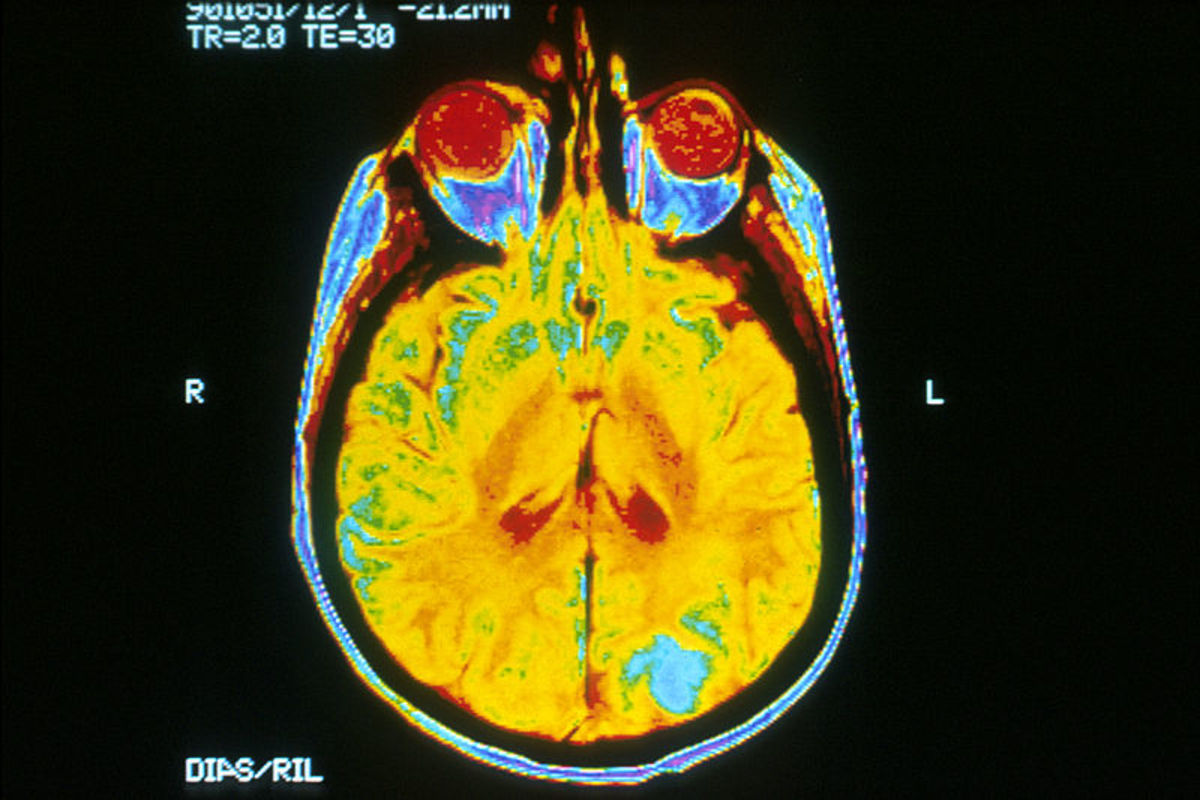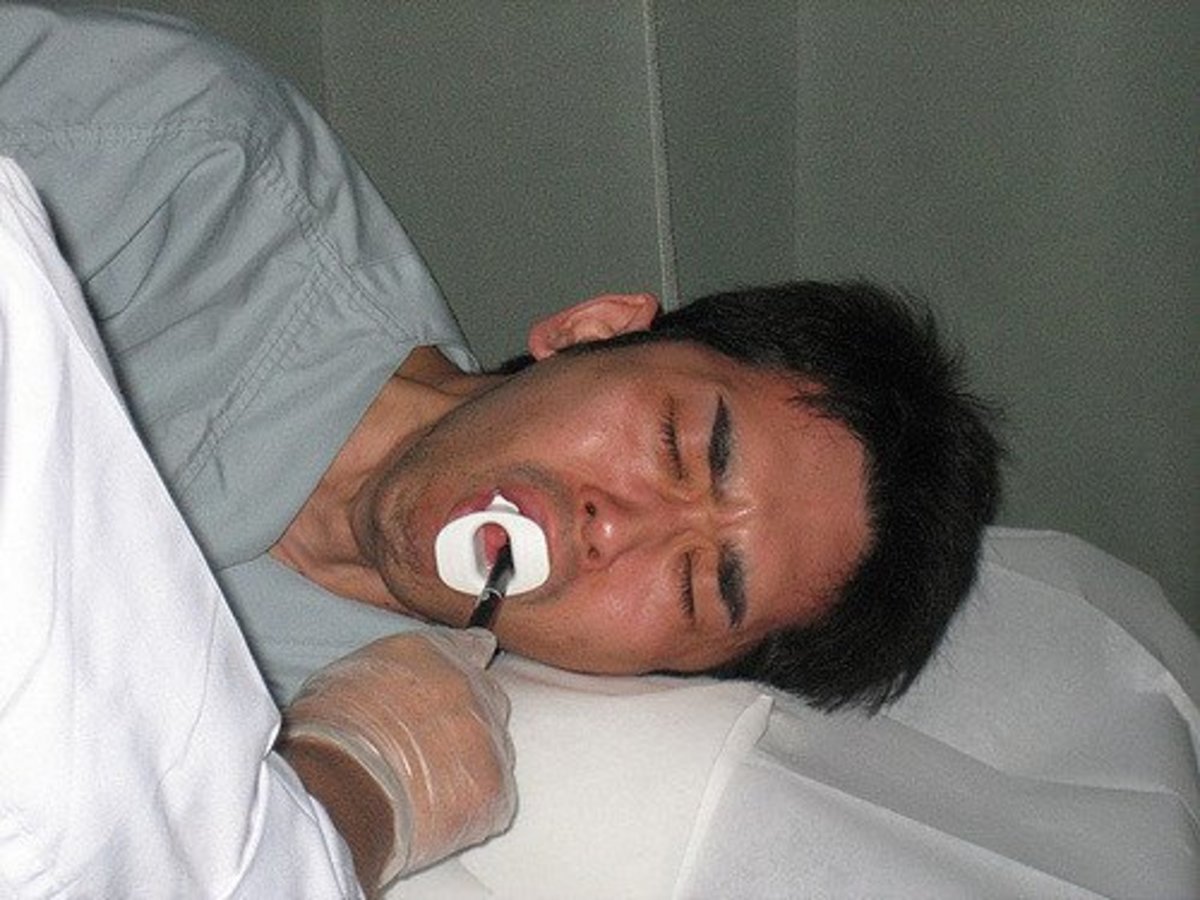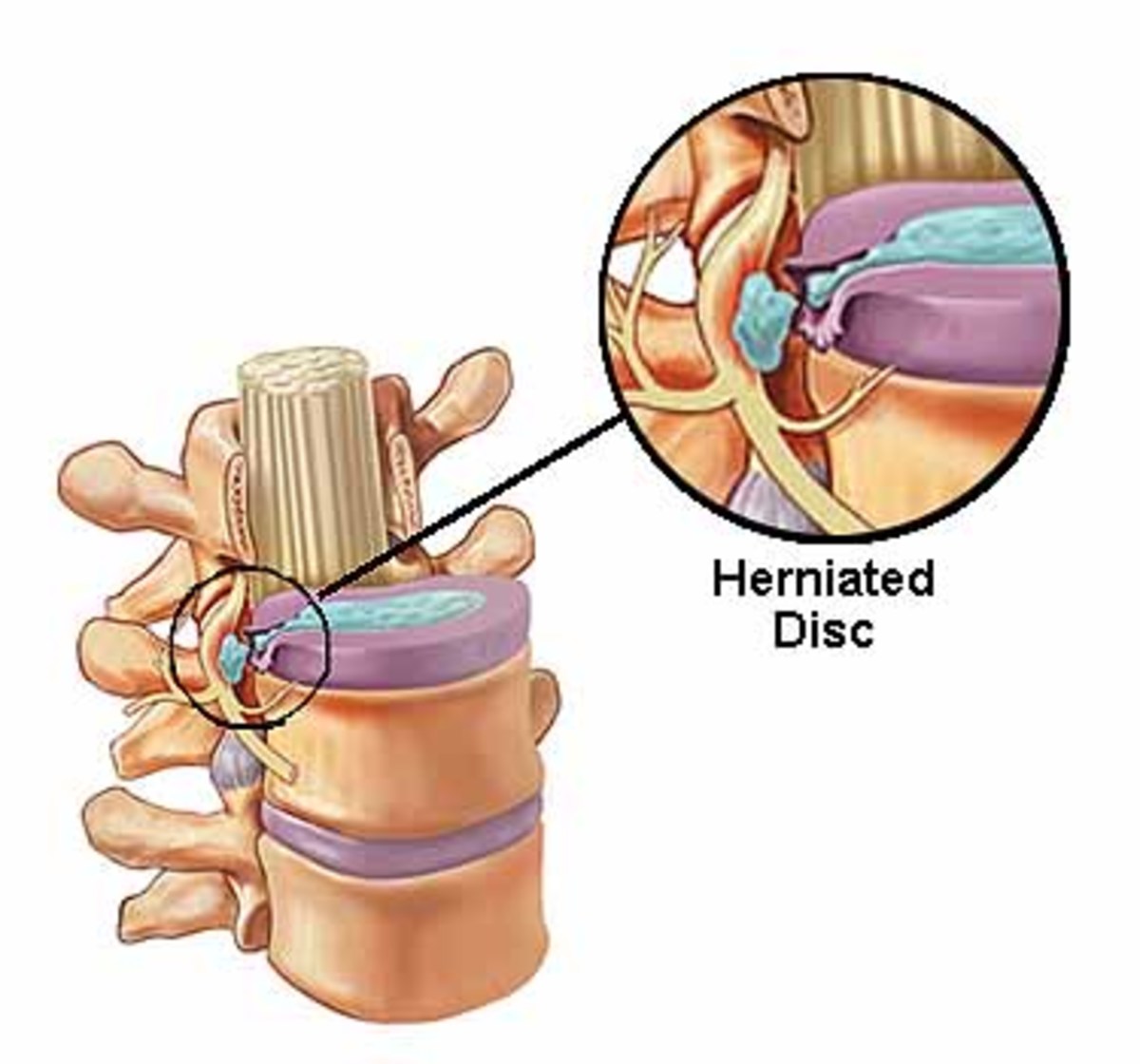What is MRI (Magnetic Resonance Imaging)? Common Questions
In simple words, magnetic resonance imaging as the name suggests uses a magnetic field to obtain images. In other words, MRI works by emitting radiofrequency waves from different parts of the body after being exposed to a powerful magnetic field. The signals emitted by this technique are analyzed and translated into images of very high quality. Thus, MRI is a diagnostic test that can detect and diagnose diseases. MRI has been one of the best ways to differentiate the structures of body and therefore it has been able to detect fatal diseases in early stages thereby saving life of patients. Also MRI is a completely safe procedure as it does not use radiation. MRI is used for many parts of the body in order to detect abnormalities and provide a crystal-clear diagnosis which is sometimes not possible with CAT scan (computerized axial topography) or x-rays. Now, I will answer the most common questions involved with MRI, one by one, which will help you in selecting this procedure or not. Read on…
Question 1: Which body parts are covered by MRI?
The body parts that are most commonly seen on MRI for detection of diseases are brain, spinal cord, parts of central nervous system, parts of head including face, neck, mouth, ears, eyes, etc. MRI is also used to detect abnormalities in the thoracic and abdominal region such as lungs, heart, liver, pancreas, mammary glands, ovaries, uterus, and prostate. Furthermore, MRI helps in detection of tumors, vein occlusions, arterial diseases, and lesions of bones, muscles, ligaments, tendons, and almost all the joints of human skeleton. These are just some of the areas that can be evaluated with MRI.
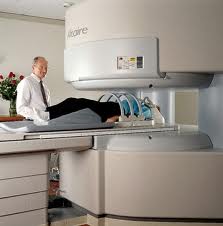
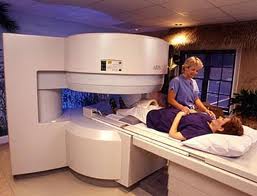
Question 2: Who are allowed to undergo MRI?
Generally, MRI is needed for detection of abnormalities after severe traumatic injuries, complex brain problems, nerve disorders, muscular problems, bone diseases, and cancer of many types. However, as a very powerful magnet is utilized in this test, there are people who cannot undergo this procedure and those are people who have electronic implants such as electronic prosthetics, TENS unit, and spinal cord stimulator or metal implants like artificial legs and arms. In general, these people must inform their primary doctor or radiation technologist beforehand, so that he/she can decide whether or not to do the procedure.
Question 3: What to report before MRI?
Reporting previous work with metals, previous pregnancies, and oral hypoglycemic use by diabetics is also important.
Question 4: How to prepare for the procedure?
The patient is asked not to eat solid foods for at least 4 to 8 hours before the MRI test, though the timeframe depends on which part of body the procedure is being done.
At the time of examination, the radiation technician will ask you to wear a gown instead of normal clothing and will ask you to not carry any metal objects that can obstruct with the normal functioning of MRI machine.
Question 5: What else is involved in MRI?
While undergoing MRIs, radiologists can also inject a contrast dye into the bloodstream which illuminates in the patient’s body parts helping the technician to diagnose a complex abnormality of a certain part in an easy way. Before injecting the contrast dye, the patient has to sign a consent form with a series of questions about any previous diseases or food allergies. Patients with diseases like kidney disorders and allergies like iodine allergy are not allowed to use intravenous contrast material. When everything is in order, the patient is placed on a stretcher entering the MRI machine which is a large tubular structure. As the patient is introduced into this structure, some claustrophobic patients may feel uncomfortable and to help these people, MRI machine is equipped with a microphone that allows for continuous communication with the radiation technologist so that the procedure can be terminated at the request of patient.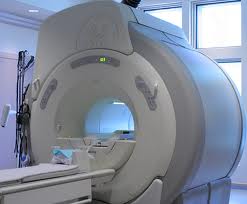
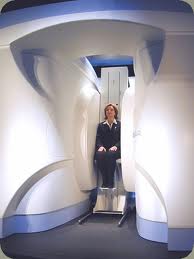
Question 6: What is Open MRI? What is Closed MRI?
For claustrophobic patients, MRI manufacturers like Esaote Biomedica, Fonar, Hitachi Medical Systems, Philips Medical Systems, Toshiba Medical Systems, Millennium Technology, Inc. and many other have produced open MRIs. Open MRIs are much more spacious than closed MRIs and are not only meant for claustrophobic patients but are also beneficial for obese, broad, and tall people who do not get fit into a closed MRI machine. Also, it must be noted that the MRI machine emits an annoying sound and for that, patients are provided with ear plugs. Besides these things, the MRI test does not cause any pain or discomfort.
The procedure usually takes 30 to 45 minutes at max.
If the MRI is performed at a closed MRI facility, then the patient is provided a sedative medication to ease the claustrophobia. MRI is a very safe procedure and has no side effects at all, and above all, it is one of the best methods to observe, analyze, and detect abnormalities that more difficult to find in the body with any other imaging technique.

